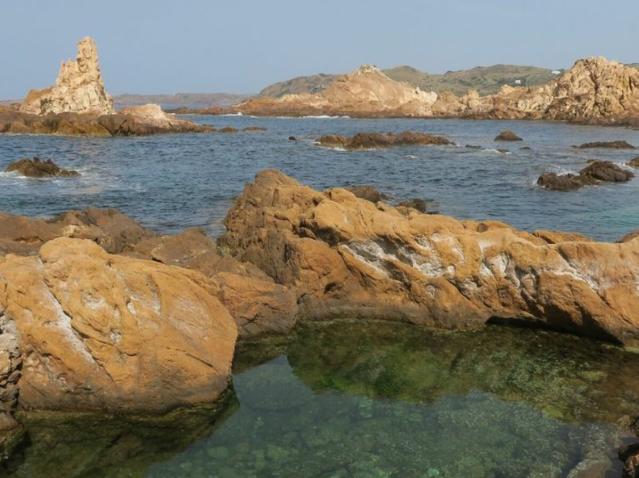Swimming is not always risk-free. Especially in the warmer seas, particularly appreciated by certain undesirable species such as jellyfish… but not only that!
Bathers in the Mediterranean will have to be even more vigilant… After jellyfish, here are new marine animals that we will have to be wary of: giant fireworms. Hermodice caruncutala are a species native to the Mediterranean. Although they are naturally present there, they are normally found further south, towards Malta and off the coast of the Maghreb. However, biologists from the Sicilian centers of Panarea and Milazzo, which depend on the National Institute of Oceanography and Experimental Geophysics (OGS), noticed that they were now found in the sand and seagrass of the northern coasts of the Mediterranean, reports L’Internaute.
A “scavenger” fireworm
This worm, which looks like a large centipede, can measure up to thirty centimeters long. In the water and on the beaches, it is easily spotted by its bright colors: red, green, gray, yellow or even white.
It is present on different types of soil, but it is particularly found on rocky bottoms. Giant fireworms generally feed on corpses and act as seafloor scavengers. Generally, when they find a carcass, they attack it in groups. They also sometimes attack fish caught in nets. Their presence can therefore also have a damaging economic impact.
Different reactions depending on the individual
The danger lies in their lateral bristles which have a stinging effect because they release venom, hence their name “fireworm”. They can thus cause inflammation of the skin. Their little needles that hook into the skin can also get stuck there. According to L’Internaute, the pain is so severe that it can cause dizziness and nausea. Although it is not fatal to humans, the giant fireworm is nevertheless an enemy to watch carefully.
In the event of a sting and skin reaction such as swelling, do not hesitate to consult a doctor quickly!




